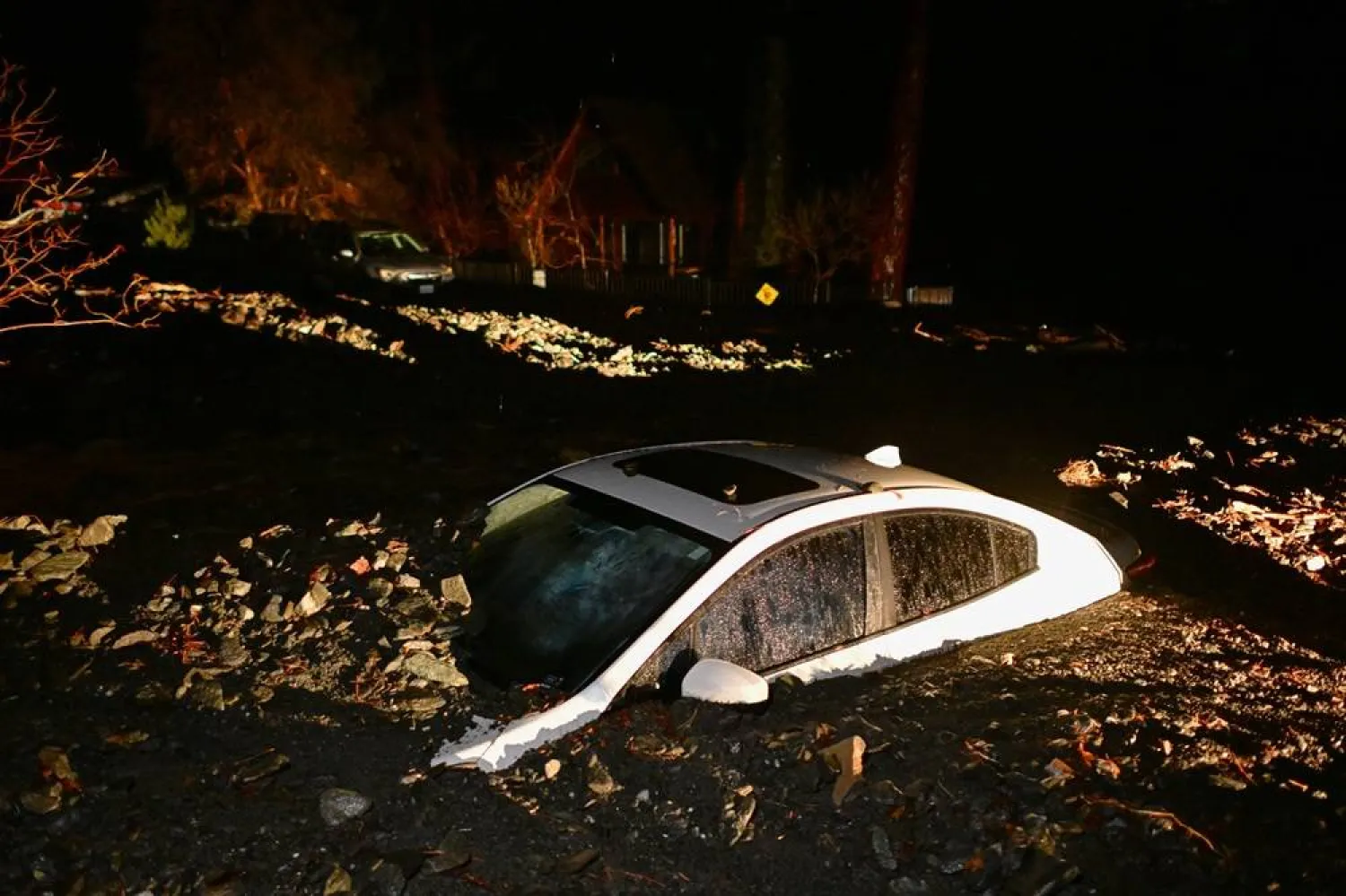Ten black rhinos have been moved from South Africa to Mozambique to secure breeding of the critically endangered animals that became locally extinct 50 years ago, conservationists said Thursday.
The five male and five female rhinos were transferred to Mozambique's Zinave National Park in a 48-hour road trip last week, said the Peace Parks Foundation, which took part in the translocation.
"It was necessary to introduce these 10 to make the population viable," communication coordinator Lesa van Rooyen told AFP.
The new arrivals will "secure the first founder population of black rhinos since becoming locally extinct five decades ago,” South Africa's environment ministry, which was also involved, said in a statement.
Twelve black rhinos had previously been sent from South Africa to Zinave in central Mozambique but the population was still not viable for breeding, Van Rooyen said.
Twenty-five white rhinos, which are classified as less threatened, were also translocated in various operations.
The global black rhino population dropped by 96 percent between 1970 and 1993, reaching a low of only 2,300 surviving in the wild, according to the International Rhino Foundation.
Decades of conservation efforts allowed the species to slowly recover and the population is estimated at 6,421 today.
Once abundant across sub-Saharan Africa, rhino numbers fell dramatically due to hunting by European colonizers and large-scale poaching, with their horns highly sought after on black markets particularly in Asia.
Mozambique's population of the large animals was depleted during the 15-year civil war, which ended in 1992 and pushed many people to desperate measures to "survive in very difficult circumstances", van Rooyen said.
Years of rewilding efforts have established Zinave as Mozambique’s only national park home to the "Big Five" game animals -- elephant, rhino, lion, leopard and buffalo.









